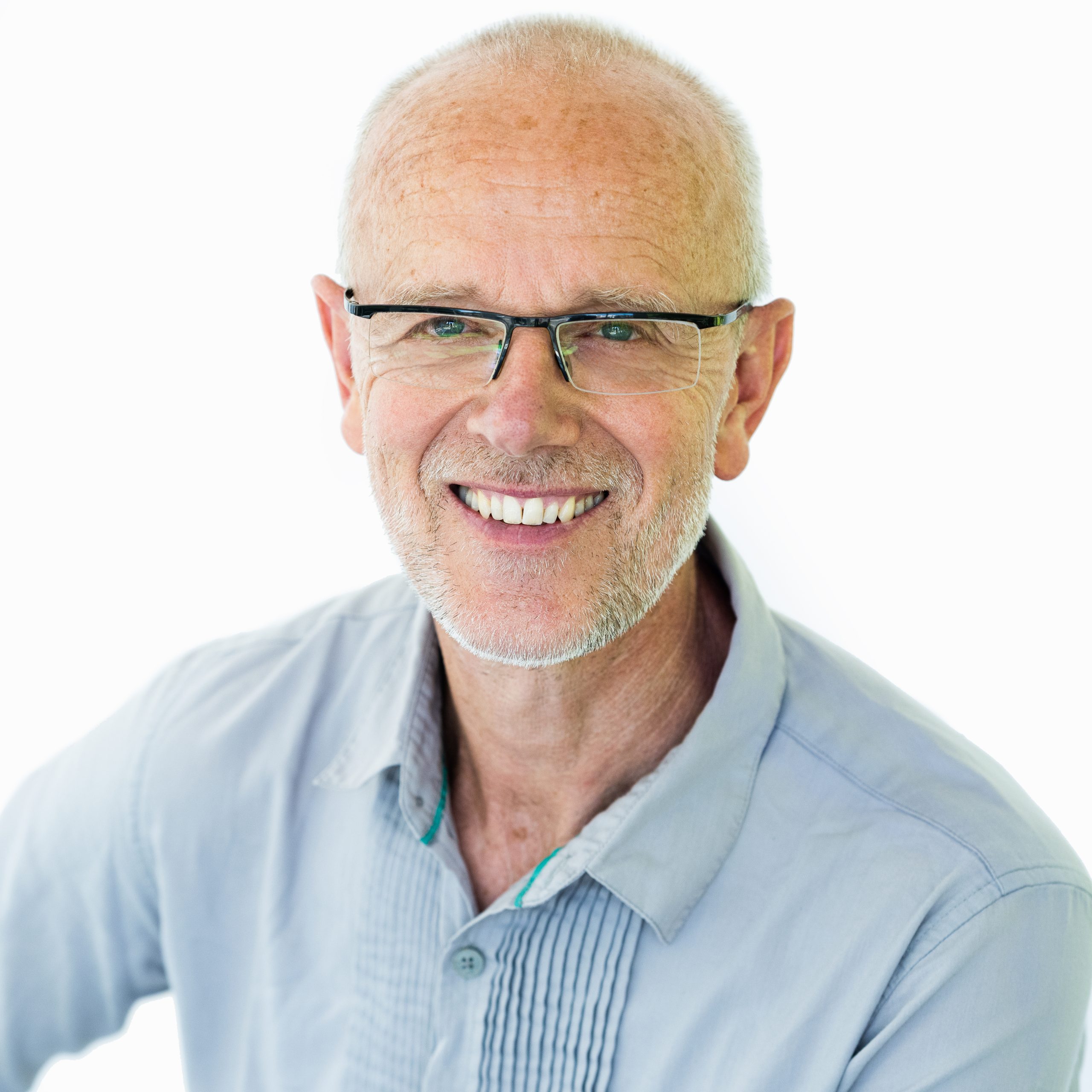Bird Brewery supports the Indonesian maleo via the…
03 April, 2025
Wednesday 13 november 2019
Header photo: CC BY-NY-ND 2.0 Global Environmental Facility
The artisanal and small-scale gold mining (ASGM) sector is booming: it produces about 12-15% of the world’s gold. This leads to more and more competing claims between the ASGM sector and the protected areas systems.
An estimated 10-15 million miners, including 4-5 million women and children, are directly involved in the sector and more than double that number benefit indirectly from ASGM activities. ASGM provides a source of income and livelihood for people who can only operate with limited skills, basic tools and no startup capital.
Mercury use is common practice in this sector, while little to no precaution measures are taken. Proper knowledge of safe and environmentally responsible practices is largely absent and miners usually have no access to appropriate technologies. In addition, the sector is often inadequately regulated by the government and suffers from poor law enforcement. These factors, combined with the growing demand for gold, put increasing pressure on sensitive and protected areas.
Our partners in the Philippines, Tanzania, Uganda, Bolivia and Guiana considered it time to take action. With support from international experts and IUCN NL, they joined hands to tackle the growing mercury problems together. Instead of the commonly applied human rights angle and offering alternative methods, the group chose to target the governance aspects of the mercury value chain. “Our partners actively contribute to improving the system,” Mark van der Wal, Senior Expert Extractives at IUCN NL, explains. “By aiming at system change, we go beyond short-term solutions. Improved mercury governance is vital to secure human health and environmental health in the long run.” Our guiding framework? The Minamata Convention on Mercury.
Signatory countries of the Minamata Convention are currently developing their National Action Plans on how to control and eventually phase out mercury. “A unique chance to improve these processes by bringing key parties together, to exchange and share relevant knowledge on a global level,” according to Van der Wal.
IUCN NL partner organizations teamed up with the Minamata Focal Points in charge of the challenging task to set up coordinating mechanisms, collecting data on mercury practices and mapping mercury trade and supply sources. “They ensure quality control and enhance accountability of the process,” Van der Wal explains. “Once the governance aspects of the mercury value chain are traced and mapped, countries should be able to adopt better practices and safer alternatives for the ASGM sector.” By bringing the combined knowledge of our global partners and international experts to the planning processes, we aim to ensure that the National Action Plans of the Minamata signatories are inclusive, applicable and sustainable so human health and the environment will be protected from mercury pollution.
